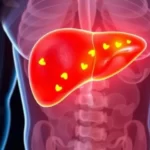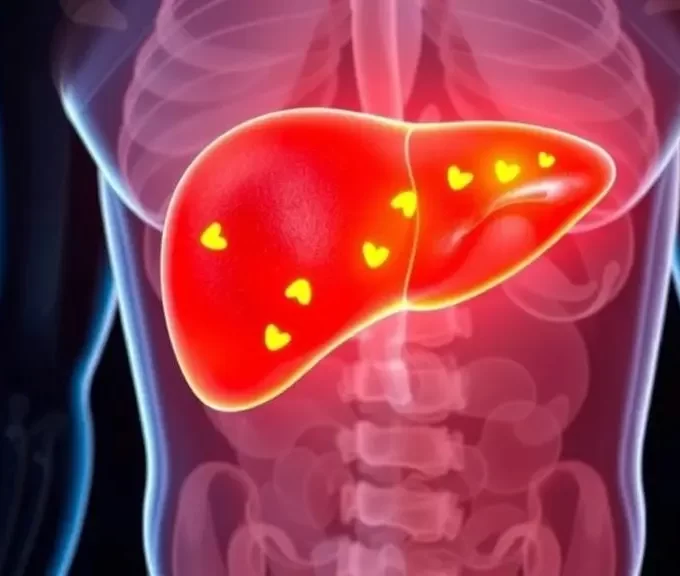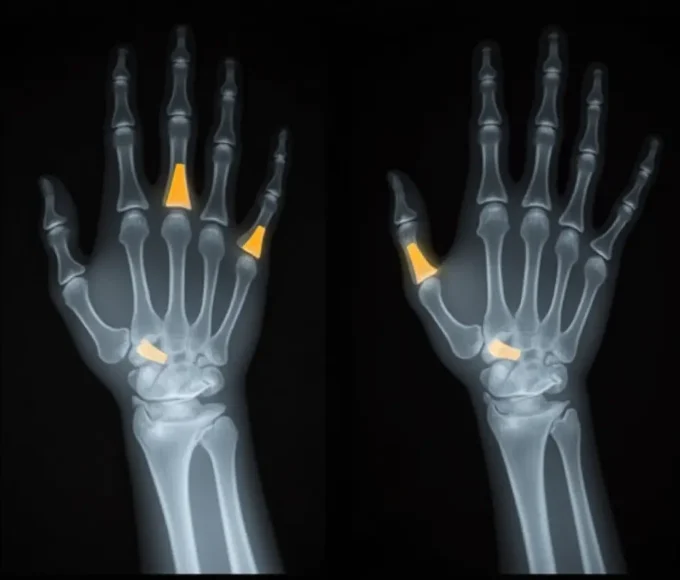Note: Homeopathic Treatment requires strict individualization. Please do not take any medicine without consulting your physician/homeopath.
LOCOMOTOR ATAXIA
Locomotor ataxia is the inability to precisely control one’s own bodily movements. Persons afflicted with this disease may appear to walk like defective robots or otherwise move like malfunctioning machinery; that is to say, in a Berky-jerky, up-and-down kind of rhythmical but non-fluid manner. It is often a symptom of either advanced Syphilis or Tabes dorsalis.
Locomotor ataxia is caused by degeneration of the posterior (dorsal) white column of the spinal cord. The patient doesn’t know where his arms and legs are unless he looks, but he can feel and locate a hot object placed against his foot.
Homeopathic Remedies & Homeopathy Treatment for LOCOMOTOR ATAXIA
Argentum nitricum. [Arg-n]
This remedy, perhaps, presents more symptoms of a typical case of locomotor ataxia than any other, yet, according to Hughes, it is rarely homoeopathic thereto, as it rather causes a paralysis. It produces an imperfect co-ordination of muscles in the first place, and we have symptoms like these; unable to stand in the dark or with the eyes closed; legs weak and calves feel bruised; there is loss of the pupillary reflexes, and perhaps incontinence of urine. It is the great remedy for inco-ordination. The legs feel as if they were made of wood or padded. Sexual desire is destroyed, sensation is disordered. For the fulgurating pains without any sense of inco- ordination or exhaustion Ammonium muriaticum is our chief remedy, since it has rending, tearing, painful jerks in the thighs, lower limbs and joints, with a sense of soreness. Argentum nitricum has a feeling of soreness in the small of the back, which is worse on rising; it has trembling of the hands; the patient is nervous. It is remedy used largely by the old school in large doses for this affection, but it works harm rather than good when indiscriminately used, both as to indications and as to dose. Atrophy of the optic nerve is also a symptom. The fulgurating pains are present but inco-ordination is the main characterstic, hence the remedy comes in not so much in the incipient stage as when the disease is further advanced.
Alumina.
Alumina is a remedy which has a number of important symptoms corresponding to this disease, and it stands with Argentum nitricum and Secale, near the head of the list. It has impairment of co-ordination and symptoms like these: Sole of feet feel swollen and too soft, numbness of heels. Heaviness of limbs–can scarcely lift them. Inability to walk, expect with eyes open and in the daytime. Pain in the back, as if a hot iron were thrust through the vertebrae. Lightning-like pains shooting to and fro in the back and abdomen. Sensation as if ants were crawling on his legs; extremities go to sleep. Thus it is seem that Alumina must be a very important remedy. It has the ataxia,and the fulgurating pains, the weakness and the formication. It was recommended first by Boenninghausen, and has repeatedly verified since his time. One case of the author’s was remarkably benefited therewith. A prominent symptom is a sensation as if a cobweb were on the face, or as if the white of egg had dried on it. Paralytic phenomena are marked and even extend to the genito-urinary organs and rectum. Thus we have ptosis and diplopia and the typical Alumina constipation.
Secale cornutum. [Sec]
This remedy produces a condition very similar to locomotor ataxia. It has in the first place three of the principal symptoms of the disease, namely: 1. Absence of knee jerk. 2. Fulgurating pains. 3. Ataxia. Cases of poisoning by ergot have proved that changes in the spinal cord, wonderfully similar to those found in locomotor ataxia, are produced by the remedy, and also that the symptoms of the two conditions bear a strong similarity. The prominent symptoms are these: Difficult, staggering gait, even complete inability to walk, not from want of power, but on account of a peculiar unfitness to perform light movement with the hands and limbs. Contraction of lower limbs, on account of which the patient staggers. Inability to govern the movements. Trembling of limbs, sometimes with pains. Formication of hands and feet. Numbness of extremities. Excessive sensation of heat with aversion to being covered. These are all symptoms found in tabes, and will stop the sclerotic tendency.
Silicea. [Sil]
This remedy has a tendency to over-nutrition, an overgrowth of neuroglia, with its resultant contraction and sclerosis. It is to be prescribed for these symptoms: Fulgurating pains, inco-ordination , weakness of the lower extremities, with a tendency towards destruction of tissues, particularly ulceration of the feet and about the toe nails. It has great nervous irritability and debility. It may be advisable to give it for a long time–for months –with any other as an intercurrent. It is especially useful for the obstinate constipation dependent on spinal diseases.
Plumbum. [Plum]
Plumbum, too, perhaps is a near pathological simillimum to locomotor ataxia. It produces paralysis with atrophy loss of co-ordination, anaesthesia and impotence. The fulgurating pains of this remedy are worse at night and sometimes so severe as to make the patient cry out. Dr. James E. Lilienthal suggested the use of Plumbum phosphoricum in this disease, reporting favourable results from its use.
Belladonna. [Bell]
In thee incipient stage Belladonna is often indicated. There is inco-ordination of the upper and lower extremities; the patients raises the foot slowly and puts it down with great force. when walking he raises his legs as if he had to pass over an obstacle; fulgurating pains which are lighting-like. It has the diplopia, amaurosis,trembling of limbs, and tottering gait is also found in its rich symptomatology. For the fulgurating pains besides those mentioned we have a number of other remedies. Pilocarpine 2x has been found to be of use, also Angustura, and when confined to the feet, Sabadilla. Zincum is also a remedy useful at the beginning. With this remedy the fulgurating pains are marked and intense; there were twitchings and the whole body jerks during sleep. Physostigma is also a remedy for these pains. Belladonna is also a useful remedy in the last stage of the disease when gastric crises are present. It will sometimes relieve the lighting-like pains having the characteristic of sudden appearance and disappearance. Digitalis. Dr. Dudgeon has found this remedy to act well in the lightning-like pains, this shows the great importance of selecting a remedy according to the totality of the symptoms. Kalmia. Cartier recommends this remedy highly for the painful variety as a palliation; he uses the 6th centesimal potency pains about the waist and in the back and kidneys of a fulgurating type are speedily bettered by its use.
Picric acid. [Pic-ac]
Sometimes in the earlier stages of the disease there is much painful sexual excitement. Picric acid will subdue this. This drug also produces great weakness of the legs, with numbness and crawling, and pricking as from needles. The patient is easily exhausted. This is a keynote of Picric acid. ” Easy exhaustion from slight exertion.” The limbs are very heavy–feel as if encased in elastic stockings.
Phosphorus. [Phos]
Among the symptoms calling for Phosphorus are atrophy of the optic nerve, with flashes of light; trembling of the hands while writing; great nervous prostration; fulgurating pains in different parts of the body; excited by the slightest chill; great sexual excitement. Erethistic cases, burning along the spine, and in the extremities with formication. Nux vomica may be the remedy when the disease is brought on by sexual excesses.
Nitric acid. [Nit-ac]
This remedy produces a sclerotic contraction of the nerve cells and this corresponds to syphilitic degeneration; hence in the higher potencies it becomes a valuable remedy in locomotor ataxia when of syphilitic origin. The cerebral action of Nitric acid corresponds closely to tabes. Among special symptoms calling for it we have severe headache, with tension; imperfect vision; mental depression and irritability ; weakness of the memory; sharp pains in the lower extremities, reminding of the fulgurating pains, as they appear and disappear suddenly. Kali hydroiodicum is another remedy specially adapted to the syphilitic form of tabes. It should be used in the homoeopathic potencies, not in crude doses. Dr. Halbert, of Chicago, after an extended experience with this remedy, speaks highly of it.








